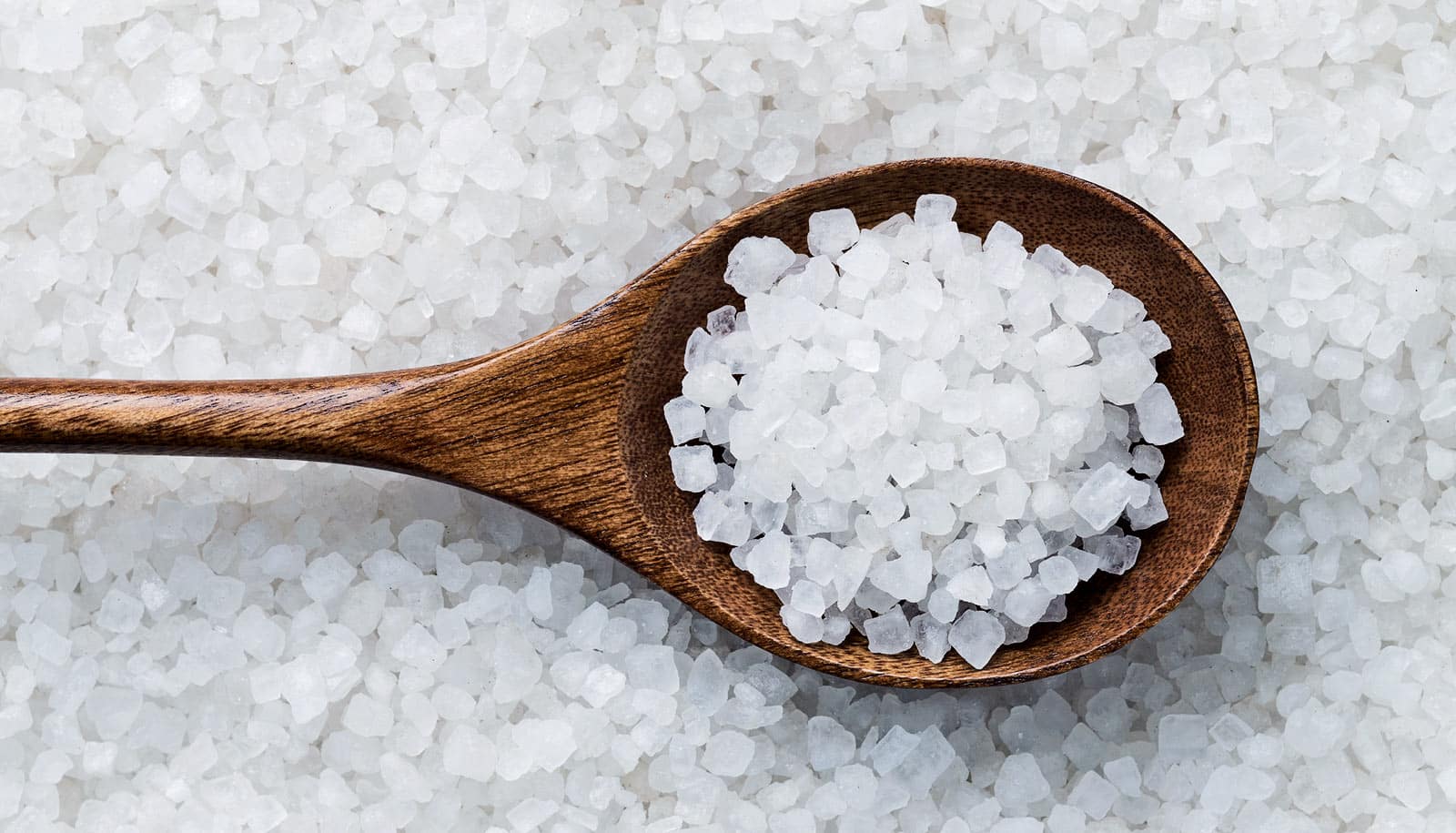Sea salts may contain molds that can spoil food, new research suggests.
In a new study, researchers found varying levels of mold contamination in commercial sea salts. Among those molds were important food spoilage molds like Aspergillus and Penicillium, and even some notorious producers of mycotoxins.
“Fungi can survive in surprisingly hostile places.”
“This new finding contradicts the conventional wisdom that salts are sterile ingredients,” says Megan Biango-Daniels, a PhD candidate at Cornell University. The research stresses the importance of understanding the risk of using sea salt during food production.
Starting with seven different commercial salts, the researchers extracted living fungi and grew them in the lab for identification. The fungi discovered in the salt have the potential to spoil food when used as an ingredient and can introduce mycotoxins or allergens when consumed.
At the levels discovered in the study, about 1.7 spores per gram, you’re not risking your health by sprinkling sea salt on food you are about to eat. But problems can occur when using sea salts at home or industrially to make cured meats, fermented pickles, or brined cheeses that mature over time—when molds introduced with sea salt can begin to grow and spoil food, maybe even rendering it toxic.
“Fungi can survive in surprisingly hostile places. They can’t increase or grow in a container of sea salt—nothing can—but spores of some fungi survive quite happily there. Later they can wake up and make trouble in our food,” says Kathie Hodge, an associate professor in the plant pathology and plant-microbe biology section in Cornell’s College of Agriculture and Life Sciences.
Fungi likely make their way into sea salts during their production from seawater or during storage and packaging. Sea salt production starts with seawater trapped in outdoor ponds called salterns. As the seawater evaporates, salt crystals form and workers scrape them up from the ponds to dry them.
How salty food makes us hungry, not thirsty
Fungi may remain from microbes that live in the salterns, or their spores may fall in from the air over weeks of evaporation. Once fungi are in the salt, they have the potential to grow again once they encounter a moister environment.
The researchers say microbial safety standards for this currently unregulated ingredient are needed to prevent food spoilage.
The researchers report their work in the journal Food Microbiology.
Source: Cornell University



